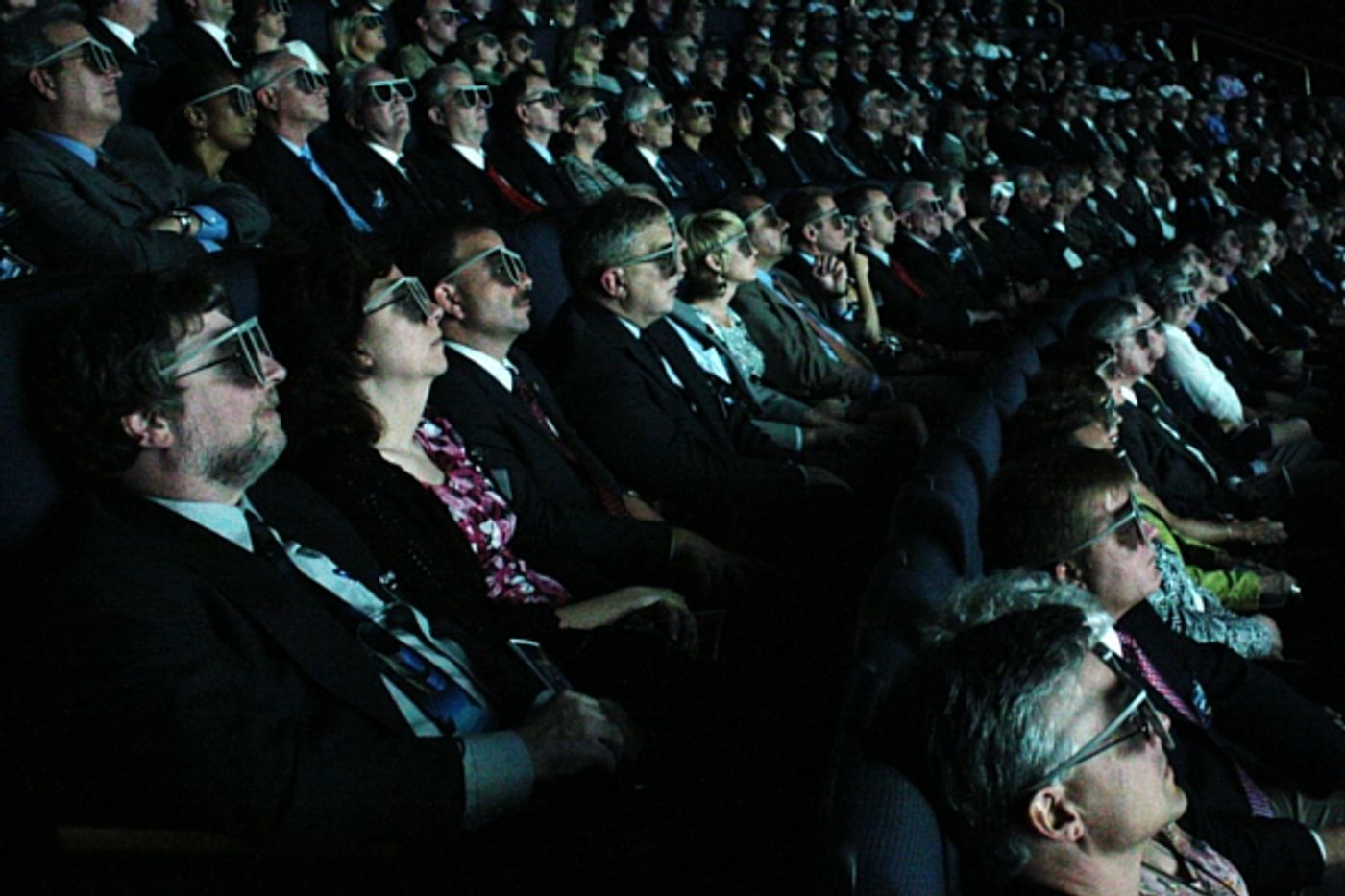A study conducted in the UK on cognitive improvement after watching a clip from a movie in 3D has been getting a lot of attention in the press. Neuroscientist Patrick Fagan, an associate lecturer at Goldsmiths University, and “Thrill Engineer” Brian Walker of Thrill Laboratory, a company specializing creating thrilling experiences, conducted the study and they were quick to announce results that suggest 3D movies can improve reaction time, brain processing speed and other mental skills. But is that really the case?

The experiment was comprised of 63 children between the ages of 7 and 14. All of the participants took a series of cognitive assessments before seeing a movie clip. They included social and emotional tests as well as physical assessments. The children then watched the same 20-minute clip from the live action version of the Disney film The Jungle Book, one in conventional 2D and the other in 3D, as rendered by the film company RealD 3D. The research was a follow up to a similar study in 2015 that dealt only with adults.
The results of the testing showed several differences. After watching the clip in 3D, the children scored much better on a computer based reaction time test. Reaction times were reduced by 43 milliseconds. It should be noted that some reduction in reaction times is to be expected because of what is called “the practice effect.” After completing any task once, most subjects will do better the second time. In the 3D study however, reaction time after the participants had watched the 3D clip was approximately 3 times faster than the children did after watching the clip in 2D.
In addition to the computer-based test, Fagan had children play the board game Operation for a set time of two minutes to judge concentration and attentiveness. The number of “organs” or game pieces removed during the two-minute test was recorded. If the child removing the pieces touches the edge of the board with the tweezers, a buzzer sounds. After watching the movie in 2D, the gamers set off the buzzer 19% more times than before watching any movie clip. After watching the 3D clip, the number of times the buzzer sounded was 13% less than before watching which Fagan says shows that 3D movies can be beneficial in improving real world skills. A smaller group of children was also tested for physiological reactions to 3D movie clips via sensors placed on their body to measure excitement. Galvanic skin response, or GSR, is a standard measure used in many research studies. Results of these measurements showed a GSR rating 14% higher after watching the 3D clip as compared to the 2D clip, and a 17% higher heart rate. The heart rate measurement translates into the 3D movie clip being 79% as exciting as a roller coaster ride.
In a press release, Fagan stated, “Following on from last year’s ‘3D Experiments’ study, we found that, just like for adults, 3D films can play the role of ‘brain training’ games and help to make children ‘smarter’ in the short term. The shortening of response times after watching 3D was almost three times as big as that gained from watching 2D; in other words, 3D helps children processing things in their environment more quickly. This is likely to be because 3D is a mentally stimulating experience which ‘gets the brain’s juices flowing’. In fact, amazingly, we also found that this impact on cognitive processing can potentially follow through into the ‘real world’, with 3D causing an enhanced performance on the surgery board-game Operation. The more realistic, immersive world of 3D ostensibly captures the attention of our limited brains because the experiences ‘feel’ more ‘real’. As a result, it’s also more exciting than 2D.”
Despite the headlines however, there are some caveats. First, both studies, the most recent one with children and the earlier study with adults, were commissioned and funded by the cinema company Vue Entertainment. Vue operates 80 cinemas in the UK and specializes in 3D movies, so the potential for conflict is definitely there. The headsets used to monitor brain activity in the study were from Walker's company Thrill Laboratory and are not medical equipment. In addition, the study has not yet been submitted to any scientific journals for publication, nor has it been peer-reviewed, so the results are not fully vetted. While much is being made of the experiment, it’s likely premature to conclude that a 20-minute movie clip in 3D could be the answer to slowing cognitive decline later in life as Fagan indicated in this quote in The Guardian, “ These findings are more significant than you might think. It is a fact that people are living longer and there is a noticeable decline in cognitive brain function in old age, which can impair future quality of life. There has never been a better time to look at ways to improve brain function. The initial results of this study indicate that 3D films may potentially play a role in slowing this decline.” Check out the video below to learn more.
Sources:
Vue Entertainment Press Release via flickphilospher.com,
The Guardian,
Research The Headlines









